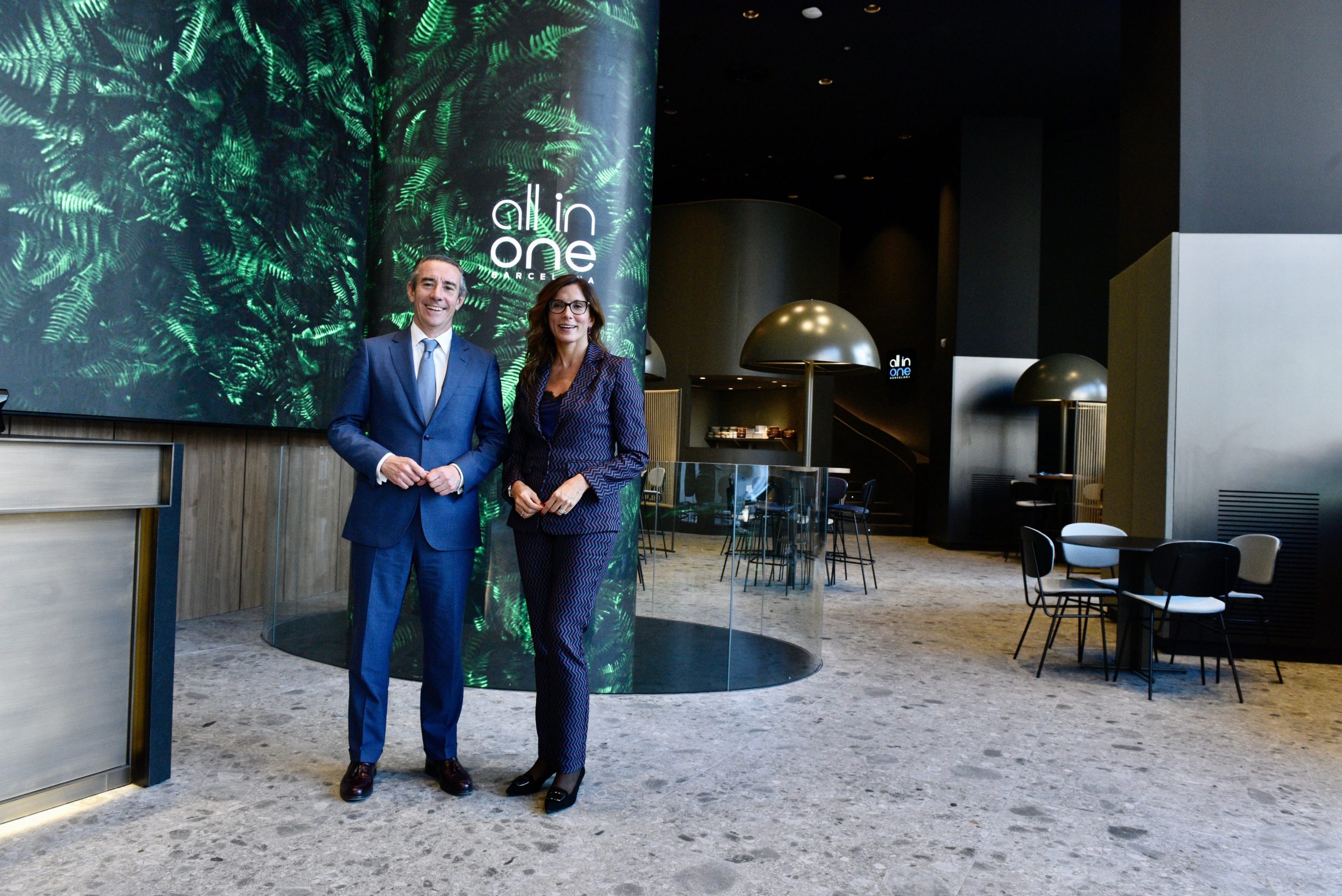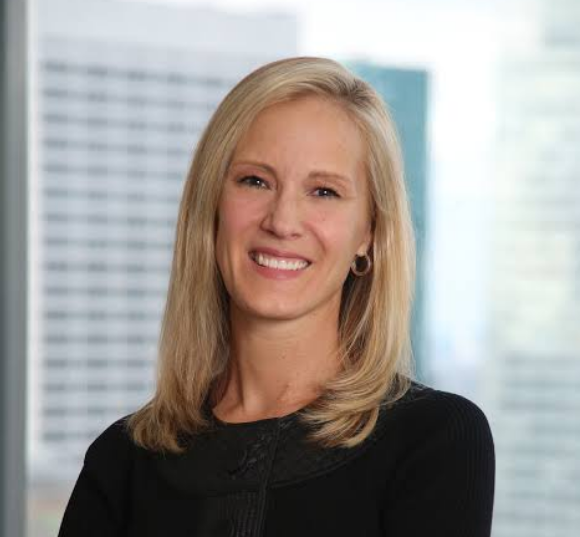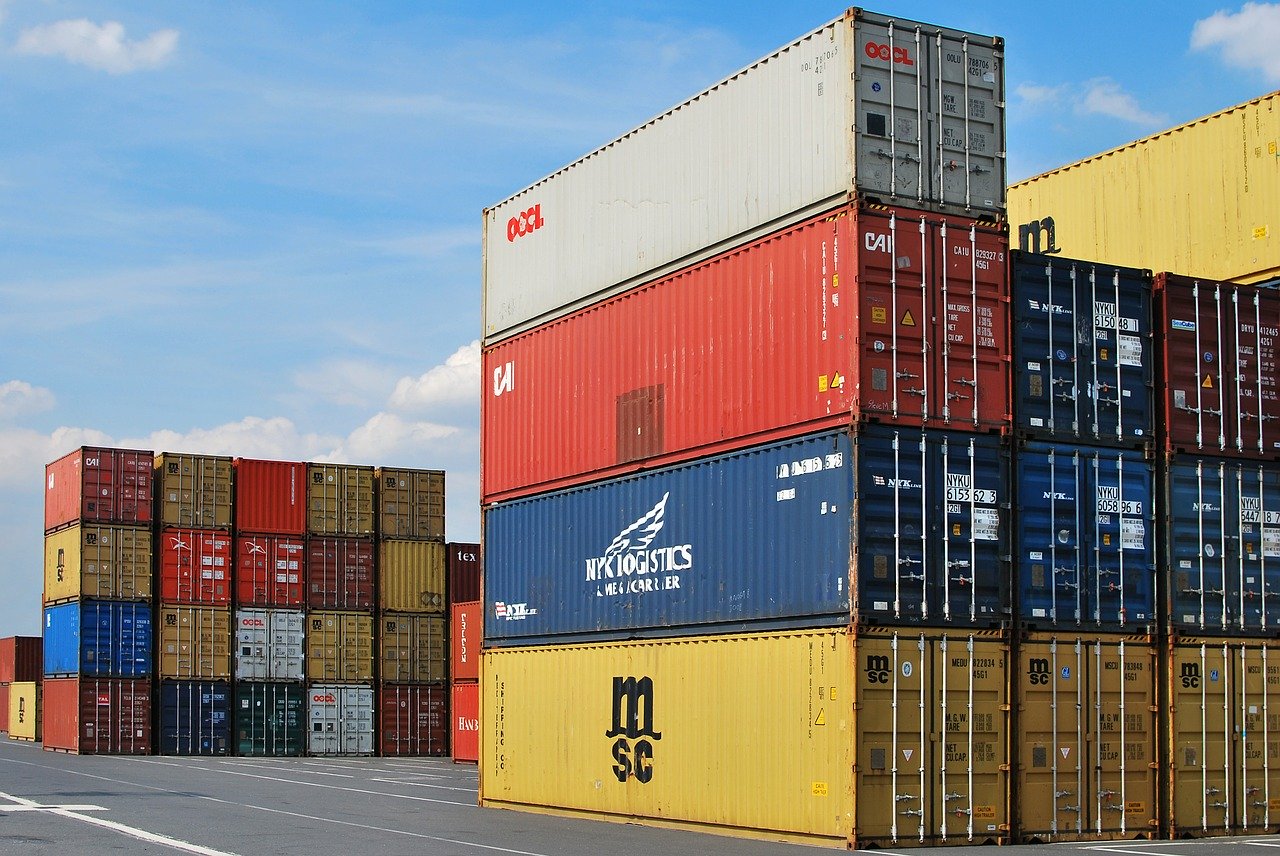CaixaBank abre “all in one” Barcelona, su nuevo espacio de experiencias financieras
| Por Clara Suarez | 0 Comentarios

CaixaBank abre “all in one” Barcelona, su nueva flagship que nace como espacio de experiencias financieras en una superficie de 3.000 metros cuadrados distribuidos en tres plantas. Ofrece atención especializada para todos los modelos de negocio financiero, tanto para particulares (con gestores especialistas en Banca Retail, Banca Premier y Banca Privada), como para autónomos y microempresas (Business) y empresas (CaixaBank Empresas).
En total, el nuevo espacio dispone de un equipo de 80 empleados, que darán servicio a una cartera de 22.000 clientes, y una oferta de servicios que incluyen zonas específicas de atención para cada tipo de cliente: una cafetería, un auditorio, más de 30 despachos para reuniones privadas y lo último en tecnología en servicios financieros, como los cajeros con reconocimiento facial o una avanzada combinación de aplicaciones móviles y dispositivos de auto check-in que identifican a los clientes y avisan a los gestores de su llegada. “all in one” Barcelona estará operativa para los clientes a partir del 6 de noviembre en la plaza Francesc Macià. El proyecto se ha presentado de la mano de Juan Antonio Alcaraz, director general de CaixaBank y María Alsina, directora territorial de CaixaBank en Barcelona.
Juan Antonio Alcaraz ha destacado durante la presentación que “CaixaBank ha decidido impulsar de nuevo la innovación en el canal físico de oficinas, después de ser la primera entidad en apostar por la transformación de las sucursales bancarias tradicionales en 2013 con el diseño de las primeras oficinas Store, que en unos años se han convertido en un estándar para todo el sector”.
El nuevo espacio supone una transformación de la experiencia del cliente financiero gracias a la aplicación de la tecnología para innovar en todos los elementos característicos de una oficina bancaria.
La iniciativa “all in one” no sólo se reduce a la visita. A través de CaixaBankNow, el cliente dispone en su móvil de un sistema de avisos y notificaciones que le recuerdan su cita y le invitan a confirmarla o, si lo necesita, cambiarla. Además, CaixaBank ha diseñado un sistema de auto check-in con NFC que ahorrará tiempos de espera a sus clientes.
La tecnología es fundamental en “all in one” y tiene una marcada presencia en todos los ámbitos del espacio. Destaca la zona de autoservicio que cuenta con cajeros de reconocimiento facial, tecnología diseñada por CaixaBank. Se trata de un desarrollo pionero a nivel mundial que ha recibido el premio The Banker a uno de los mejores proyectos tecnológicos del año en el sector financiero.
Además, el espacio se complementa con servicios más allá de lo estrictamente bancario, como la primera cafetería de los hermanos Torres, “Natural”. Los chefs, que suman dos estrellas Michelín en su currículum, se suman al proyecto de “all in one” estrenando una cafetería que estará abierta a todos, clientes y no clientes de CaixaBank.
Asimismo, ”all in one” Barcelona dispondrá de una programación mensual de charlas, ponencias, mesas redondas y eventos acerca de todo tipo de temas de interés, abiertos a la participación de cualquier persona interesada, sea o no cliente de CaixaBank. La iniciativa, denominada CaixaBank Talks, se desarrollará fundamentalmente en el espacio ágora, un auditorio con capacidad para un centenar de espectadores y dotado de las últimas tecnologías audiovisuales, para que los diferentes actos puedan seguirse de forma online a través de streaming.
“Se trata de una oficina que quiere ser mucho más que una oficina, y en la que confluyen todos los negocios. Va dirigida a todo tipo de clientes y no solo ofrece los mejores servicios financieros, sino también gastronomía y contenidos de valor. Estará abierto a toda la ciudad. “all in one” nace al servicio de los clientes de CaixaBank, pero también de los barceloneses”, ha concluido María Alsina.
El espacio “all in one” Barcelona es el segundo de este nuevo modelo de CaixaBank, tras la apertura de “all in one” Valencia el pasado mes de julio, un local de 2.200 metros cuadrados ubicado en la plaza del Ajuntament de la ciudad.













